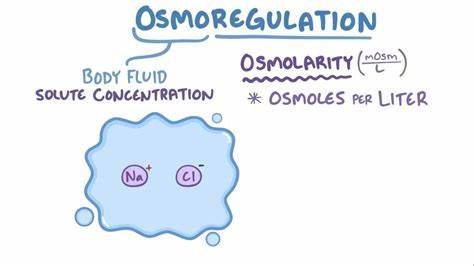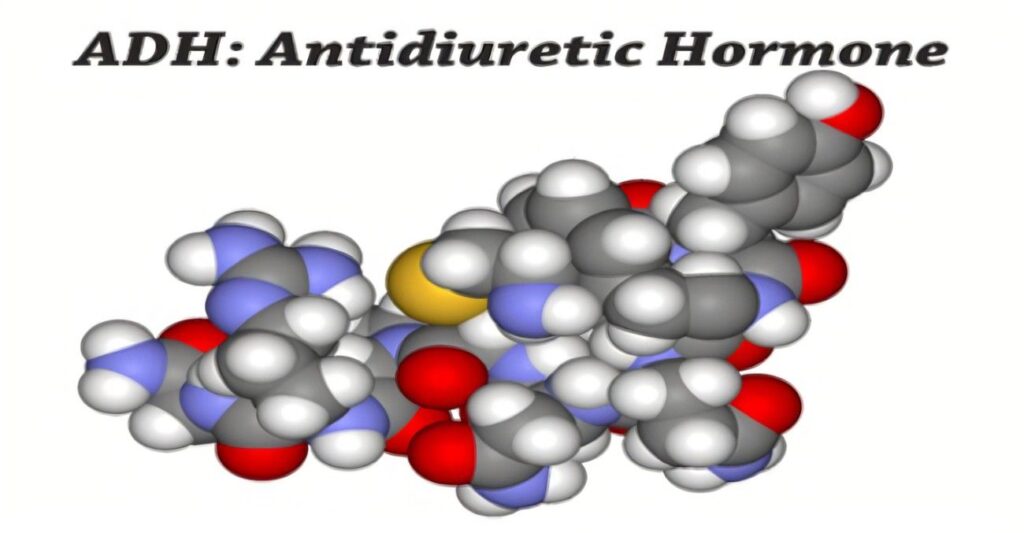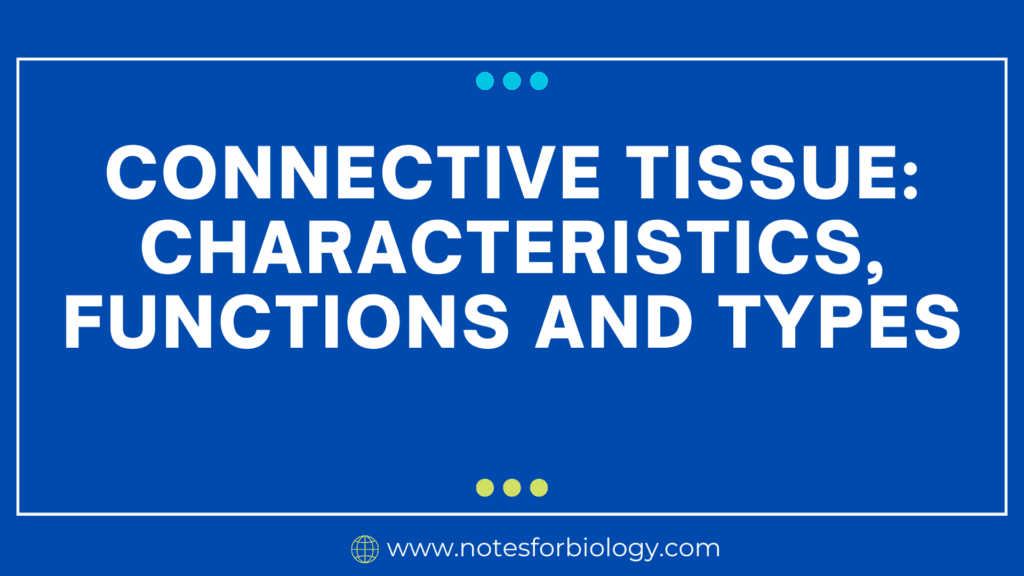Introduction to Osmoregulation
Osmoregulation is the process by which the body maintains a balance of water and salts to keep the internal environment stable. This balance is essential for the proper functioning of cells and organs. The human body constantly gains and loses water through breathing, sweating, urinating, and other activities. If too much water is lost or gained, it can disturb the concentration of salts and affect body functions.

To prevent this imbalance, the body uses several hormones that regulate water and salt levels. Three of the most important hormones involved in this process are:
- Antidiuretic Hormone (ADH)
- Angiotensin II
- Aldosterone
These hormones work mainly in the kidneys, which filter the blood and control the amount of water and salts that are reabsorbed or excreted in urine. Let’s look at how each hormone helps maintain water balance in the body.
SUMMARY OF OSMOREGULATION
The summary of osmoregulation are
- Definition and Purpose: Osmoregulation is the process by which living organisms maintain the balance of water and salts (electrolytes) in their bodies to ensure proper cellular function and homeostasis.
- Mechanisms and Organs: Different organisms use specialized organs (like kidneys in humans, contractile vacuoles in protozoa, or gills in fish) to regulate water intake and salt concentration, depending on their environment (freshwater, marine, or terrestrial).
- Types Based on Environment:
- Osmoconformers (e.g., many marine invertebrates) match their internal osmotic pressure with their surroundings.
- Osmoregulators (e.g., humans, freshwater fish) actively regulate internal conditions, regardless of the external environment.
Table of Contents
1. Antidiuretic Hormone (ADH)

What is ADH?
ADH, also called vasopressin, is a hormone produced by the hypothalamus and stored and released by the posterior pituitary gland.
When is it released?
ADH is released when the body detects:
- Low water levels in the blood (high blood osmolarity)
- Low blood pressure
- Dehydration
What does ADH do?
- ADH acts on the collecting ducts of the nephrons in the kidneys.
- It makes these ducts more permeable to water, meaning more water is reabsorbed back into the blood.
- As a result, less water is lost in urine, and the urine becomes more concentrated.
- This helps increase blood volume and reduce blood osmolarity (concentration).
Overall effect:
ADH helps the body retain water and keep blood pressure and salt levels stable during dehydration or fluid loss.
Example:
On a hot day, if you sweat a lot, your body releases more ADH so your kidneys hold on to water, reducing urine output.
2. Angiotensin II

What is Angiotensin II?
Angiotensin II is a powerful hormone that is part of the Renin-Angiotensin-Aldosterone System (RAAS). It is made from a protein called angiotensinogen, which is produced by the liver.
How is it formed?
- When blood pressure drops or sodium levels are low, the kidneys release an enzyme called renin.
- Renin converts angiotensinogen into angiotensin I.
- Angiotensin I is then converted to angiotensin II by the angiotensin-converting enzyme (ACE), mainly in the lungs.
What does Angiotensin II do?
- Constriction of blood vessels: It causes the arteries to narrow, which raises blood pressure.
- Stimulates ADH release: It tells the pituitary gland to release more ADH, helping retain water.
- Stimulates thirst: It makes you feel thirsty, so you drink more water.
- Stimulates Aldosterone release: It signals the adrenal glands to release aldosterone, which helps retain sodium and water.
Overall effect:
Angiotensin II helps raise blood pressure and increase blood volume by narrowing blood vessels and promoting water and salt retention.
Example:
If you lose a lot of blood from an injury, angiotensin II helps your body recover by increasing blood pressure and retaining fluid.
3. Aldosterone

What is Aldosterone?
Aldosterone is a steroid hormone released by the adrenal cortex (outer part of the adrenal glands).
When is it released?
- When angiotensin II is present
- When sodium levels are low
- When potassium levels are high
What does Aldosterone do?
- It acts on the distal tubules and collecting ducts of the nephrons in the kidneys.
- It tells these parts to reabsorb more sodium (Na+) back into the blood.
- Water follows sodium, so more water is also reabsorbed.
- It also causes excretion of potassium (K+) into the urine.
Overall effect:
Aldosterone helps retain sodium and water, which increases blood volume and pressure, and helps balance sodium and potassium levels.
Example:
If you are on a low-sodium diet, your body may release more aldosterone to keep sodium in the blood.
How These Hormones Work Together ?
All three hormones work in coordination to help maintain proper water and salt balance:
- ADH focuses mainly on water reabsorption.
- Aldosterone focuses mainly on sodium reabsorption (and water follows sodium).
- Angiotensin II helps stimulate both ADH and aldosterone and raises blood pressure by narrowing blood vessels.
Together, they form a strong system that reacts quickly to dehydration, blood loss, or low sodium levels. This keeps the internal environment of the body balanced and stable.
Summary Table
| ADH | Hypothalamus/posterior pituitary | Collecting ducts of nephrons | Reabsorbs water, reduces urine output |
| Angiotensin II | Formed in blood (via RAAS) | Blood vessels, brain, adrenal glands | Raises BP, stimulates ADH & aldosterone |
| Aldosterone | Adrenal cortex | Distal tubules & collecting ducts | Reabsorbs Na+, increases blood volume |
Conclusion
The role of ADH, angiotensin II, and aldosterone in osmoregulation is vital for keeping our body fluids and salts in balance. These hormones ensure that we stay hydrated, our blood pressure remains steady, and our cells function properly. Whether it’s a hot day, a salty meal, or a health emergency, these hormones work quickly and effectively to protect the body’s internal balance.
FREQUENTLY ASKED QUESTIONS
What is Osmoregulation ?
Osmoregulation is the process by which the body maintains the right balance of water and salts (electrolytes) to keep its internal environment stable.
What is ADH ?
ADH (Antidiuretic Hormone) is a hormone that helps your body save water and control the amount of urine you make.
What is Angiotensin II?
Angiotensin II is a powerful hormone that helps your body increase blood pressure and retain water and salt when needed.
Related Articles




